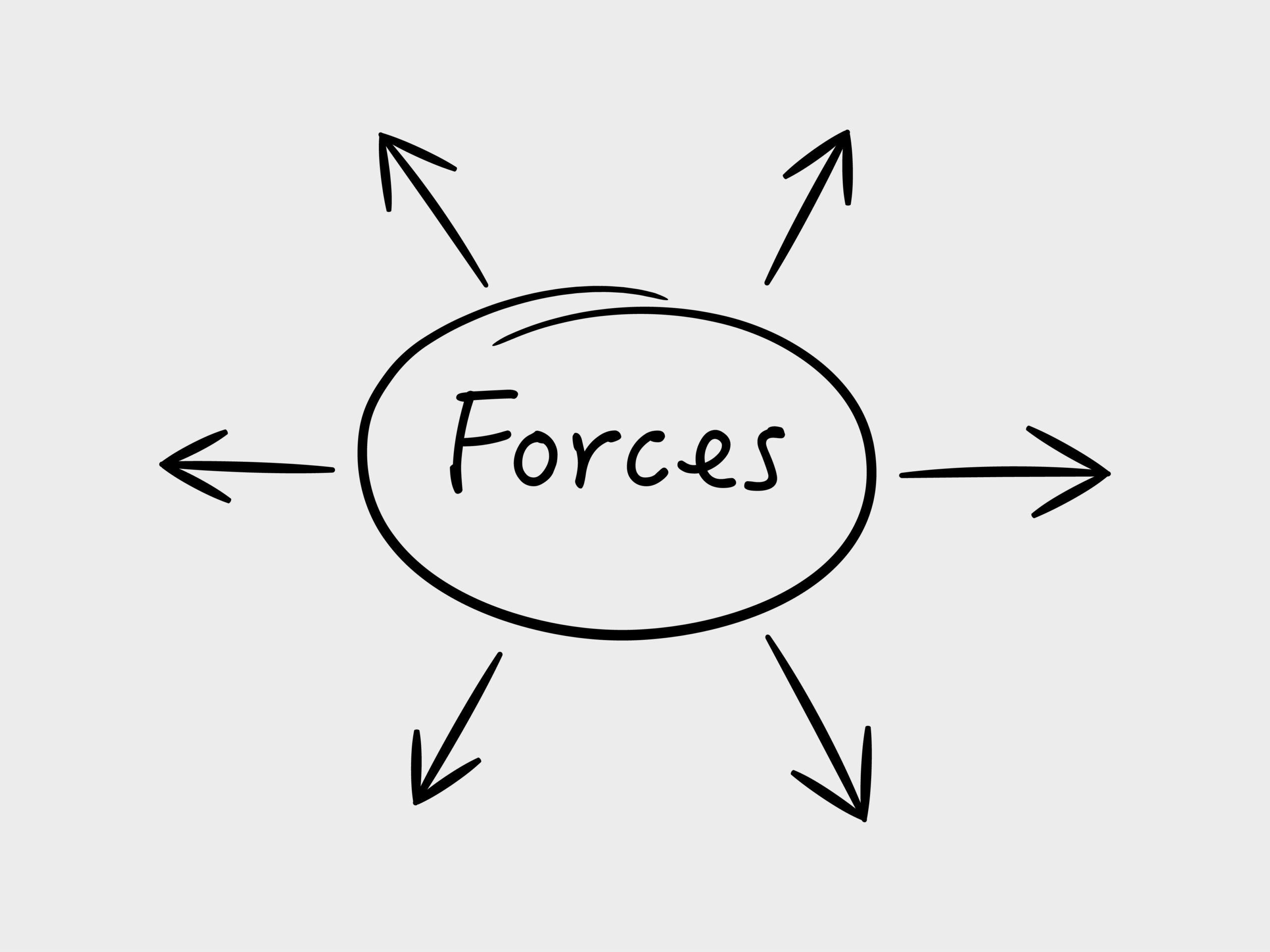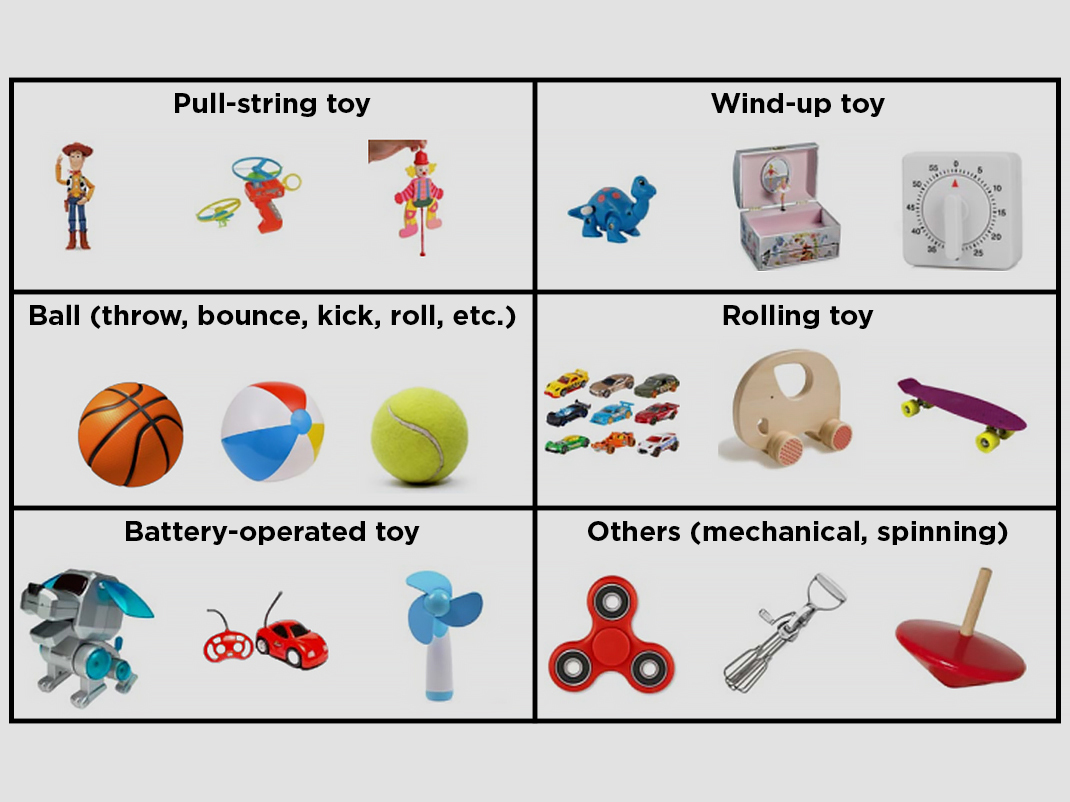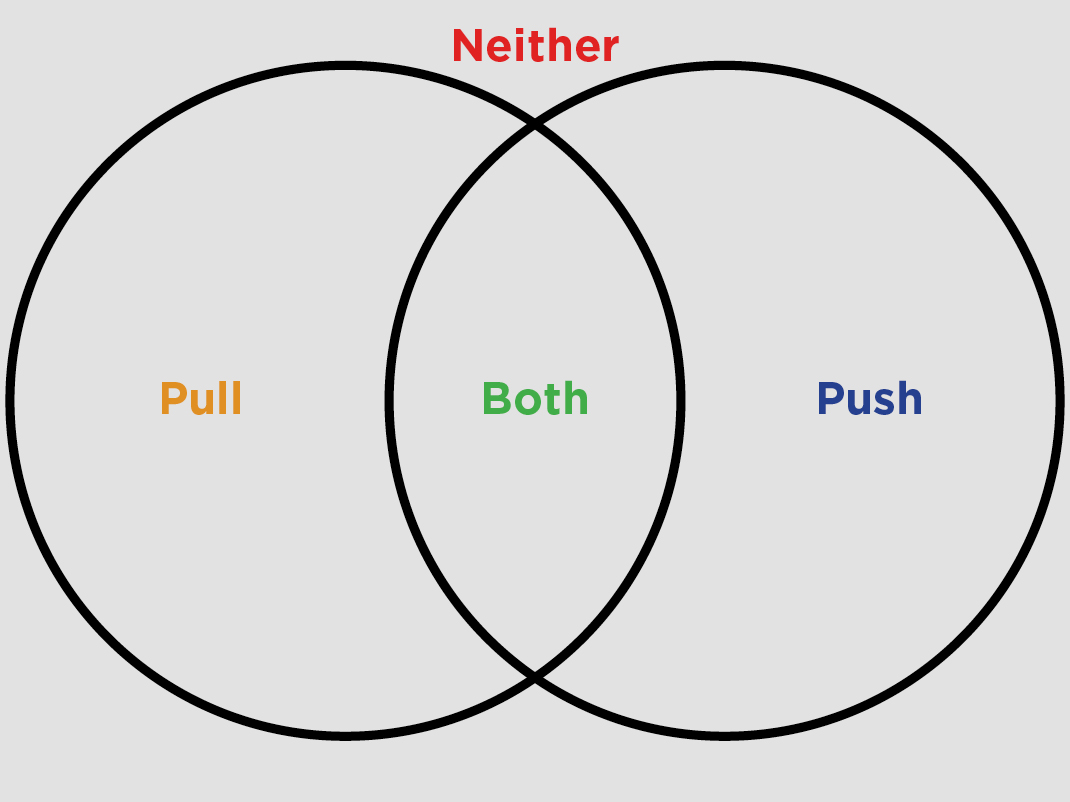Forces in action
Grades 2 to 4 (Ontario)
Elementary cycle 2 (Quebec)
In this engaging, hands-on lesson plan, students will explore the forces of push and pull, discovering how they affect the movement of objects in their everyday world. Through interactive activities and experiments, young learners will observe, predict, and test how different forces work—just like a Jedi mastering the forces around them! This lesson encourages curiosity, critical thinking, and a deeper understanding of physics in a fun and accessible way. Whether in the classroom or at home, students will develop a strong foundation in physical science while having an exciting learning experience.

Share :
Ice-breaker: Are you stronger than gravity?
Materials
- Straws
- Ping pong balls
Instructions
Start by discussing a few basic concepts about the Earth’s motions:
- Divide the class into groups. Each student receives one straw.
- Instruct the students to create enough suction with the straw to lift the ping pong ball, and pass it around the group without dropping it. The first group to finish wins the challenge!
What happened?
The force of suction was greater than the force of gravity pulling down on the ping pong ball. Would you be able to do the same activity with a golf ball? Why not?

The science behind the activity
Gravity is the force that pulls objects together. Every object that has mass possesses gravitational attraction, even an apple! The more massive an object is, say the Earth, the greater its gravitational attraction. The Sun’s gravity attracts the Earth and planets. The pull of gravity is what keeps the planets and other solar system objects in their orbits around the Sun.
Brainstorming: What are forces?
Draw a quick brainstorm diagram on the board about forces. This will help assess students’ prior knowledge.
- Can anyone tell me what a force is?
- When you think of forces, what is the first thing that comes to mind?
Discuss what forces students encounter in everyday life. Classify them as “pushes” or “pulls.”
Activity: Classifying forces
Introduction
A few days in advance, ask students to bring a toy/device that moves to school.
Examples of extra items to have on hand to ensure a variety of mechanisms:
Modelling
Start the class by presenting a demonstration toy (preferably one that is different from what the students have brought).
Guiding questions:
- How does this toy/object work?
- Can you describe the way it moves?
- What forces are allowing it to move?
- Does your toy push, pull, do both, or do neither?
- Do you need to touch your toy to make it move?
- Which force(s) does your toy use to move (gravity, magnetic, muscular, electrostatic, batteries)?
- What type of movement does your toy make (bounces, rolls, wobbles, flies, spins, slides, twists, etc.)?
- How fast does it move (fast, medium, slow)?
On the board, draw a quick sketch of the toy and describe how it moves using arrows and key vocabulary words.
Teamwork
Students will now work in teams of two to identify and describe how their toys move, and the forces involved.
(Guiding questions can be written on the board.)
Ask students to draw a quick sketch of their toy and identify how it moves.
Share
Invite students to share their work with the class.
When a student has a toy that requires a specific type of force (i.e. pulling), ask the class if anyone else has a similar toy, then compare toys. Toys can be classified using a Venn diagram (on the board, on paper, or on the floor using large hula hoops).
You may also be interested in

Air flow
Food colouring flows through water and around a toy airplane, mimicking how air would flow around a real aircraft.

Exploring Canada’s energy future
A teacher’s guide, activities, and infographics designed to help students navigate the importance of energy in Canada. Learn how to use real-life Canadian energy data to explore Canada’s energy future. Engage in fun activities like “Energy entrepreneurs” where students use data sets to secure investment in imagined energy projects.

Earth in focus
Explore how Earth observation has evolved from the first space photos to advanced satellite technology with this engaging lesson plan! Teach students about remote sensing, climate monitoring, and the role of satellites in understanding our planet.


